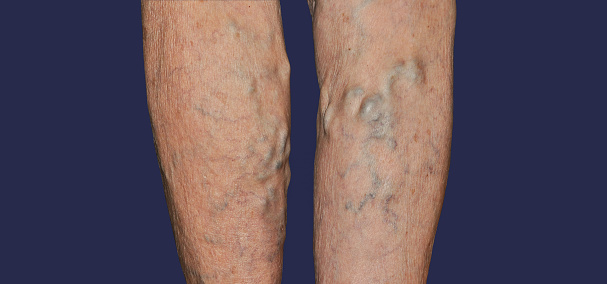How to Prevent Deep Vein Thrombosis: Essential Strategies and Tips
Prevent Deep Vein Thrombosis: Essential Strategies and Tips
Deep vein thrombosis (DVT) is a serious vascular condition that can strike without warning, and if left untreated, it can lead to life-threatening complications. At California Vein & Vascular Centers in the Bay Area, CA, we believe prevention is the best medicine. Whether you’re at high risk or simply want to protect your vascular health, understanding how to prevent DVT is essential. With expert insight and proactive care, you can significantly reduce your risk of developing this dangerous condition.
What Is Deep Vein Thrombosis (DVT)?
Deep vein thrombosis occurs when a blood clot forms in a deep vein, typically in the legs. These clots can partially or completely block blood flow, leading to swelling and pain. Even more concerning is the risk that a clot can dislodge and travel to the lungs, causing a pulmonary embolism—a medical emergency that can be fatal. DVT can affect anyone, but it’s especially dangerous because it can develop silently, with mild or even no symptoms.

Common Causes & Symptoms
DVT is often triggered by slowed or reduced blood flow in the veins, which can happen during prolonged periods of inactivity, like long-haul travel or bed rest. Other deep vein thrombosis causes include:
- Surgery or trauma
- Prolonged immobility
- Hormonal medications
- Smoking
- Obesity
- Dehydration
Common deep vein thrombosis symptoms may include:
- Swelling in one leg
- Pain or tenderness in the calf or thigh
- Skin that feels warm to the touch
- Red or discolored skin over the affected area
However, it’s important to note that some people with DVT show no noticeable symptoms or signs of deep vein thrombosis. That’s why prevention and risk awareness are so important.
Who Should Be Concerned About DVT? High-Risk Groups Explained
While anyone can develop DVT, certain people face higher risks and should take extra precautions. If you fall into one or more of these categories, speaking with a vein specialist about your DVT risk and prevention strategies is highly recommended. These high-risk groups include:
- Adults over the age of 60
- People with a family history of blood clots or clotting disorders
- Patients undergoing major surgery, especially joint replacement or abdominal procedures
- Pregnant women or those recently postpartum
- Cancer patients, particularly those receiving chemotherapy
- Individuals who are overweight or obese
- People with limited mobility
Why Preventing DVT Is So Important
DVT is more than just an uncomfortable condition; it can be life-threatening. The most severe complication of DVT is a pulmonary embolism (PE), which occurs when part of a clot breaks off and blocks a blood vessel in the lungs. PE can cause shortness of breath, chest pain, fainting, and even sudden death. Beyond the immediate danger, untreated DVT can also lead to post-thrombotic syndrome, a condition that causes long-term swelling, pain, skin discoloration, and even ulcers in the affected limb.
Essential Prevention Tips
There are several effective strategies for lowering your risk of developing DVT. At California Vein & Vascular Centers, we encourage a proactive approach to DVT prevention. Here are key strategies to follow:
- Stay Active – Regular movement keeps blood flowing smoothly through your veins. If you’re sitting for long periods, make a point to stand up, stretch, and walk every hour or so.
- Exercise Your Legs – Simple leg exercises like ankle pumps, heel lifts, and calf raises can promote circulation, especially during travel or recovery from surgery.
- Hydrate Properly – Dehydration can thicken your blood, increasing clot risk. Make sure to drink plenty of water, particularly during travel or exercise.
- Wear Compression Stockings – These special garments apply gentle pressure to your legs, supporting vein health and preventing blood pooling. They’re especially useful for high-risk individuals or those recovering from surgery.
- Avoid Smoking – Smoking damages your blood vessels and increases clotting tendencies. Quitting smoking is one of the most impactful things you can do for your vascular health.
- Maintain a Healthy Weight – Excess weight places extra pressure on your veins and can increase your risk of clotting. A balanced diet and regular exercise are essential for prevention.
- Talk to Your Doctor About Medications – If you’re at high risk for DVT, your doctor may prescribe blood thinners before or after surgery or during extended periods of immobility.
Contact Us to Learn More About Deep Vein Thrombosis
Don’t wait until DVT becomes a health emergency. If you’re in a high-risk group, have a history of clotting issues, or need deep vein thrombosis treatments, California Vein & Vascular Centers is here to help. Call us today or reach out online to learn more about protecting your health and preventing deep vein thrombosis.


